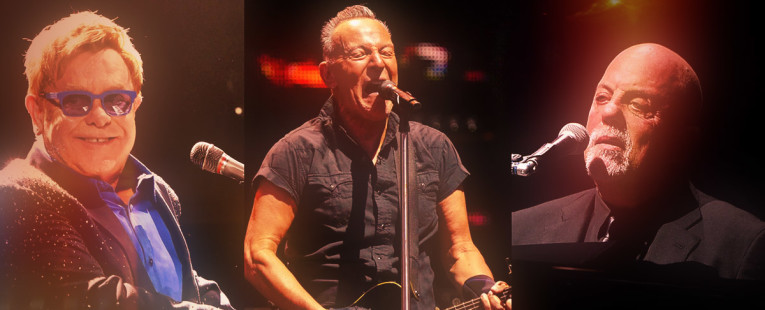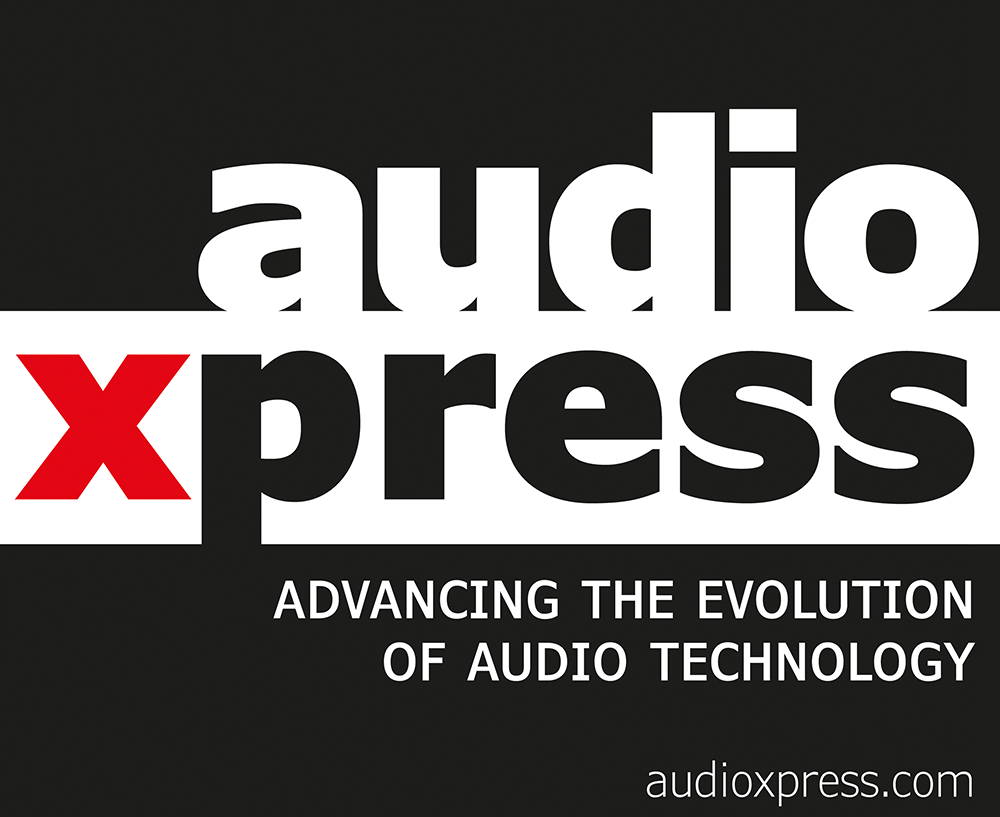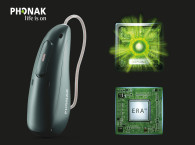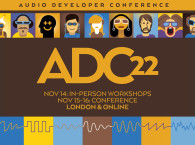
SoundPatrol pioneered using AI music technology to deliver tools and models that can proactively safeguard against copyright infringements, authenticating human expression and ensuring a creatively vibrant digital music ecosystem that fairly compensates artists for their original works.
The SoundPatrol approach uses neural embeddings that capture and analyze musical semantics to identify the influence of original human-created music in fully or partly AI-generated music content. This type of model would also enable a new way to protect and generate fair pay to artists for their original efforts, authorized or unauthorized.
"Generative AI is transforming music in extraordinary ways, but if we abandon copyright, we risk severing artists from ownership of their own work," says Walter De Brouwer, Co-Founder and CEO of SoundPatrol. "It is compulsory to proactively feed deep embeddings of these neural signatures into streaming infrastructures so that owners can maintain control, authenticity, and monetization of their intellectual property in the generative AI era."
"SoundPatrol has answered the long-standing problem of IP theft by creating a frontier lab with neural fingerprinting capabilities... This is the first-of-its-kind technology implemented to protect all copyright holders and creators of any type of intellectual property, explains Michael Ovitz, Co-Founder & Chairman of the Board at SoundPatrol.

Neural Fingerprinting is a significant advancement beyond traditional audio fingerprinting techniques, which primarily rely on matching exact audio snippets. Neural embeddings capture semantic relationships in music to identify covers, remixes, and generative-AI derivatives. These models enable real-time copyright detection across platforms and streaming environments.
According to Lucian Grainge, UMG Chairman and CEO, "Bringing solutions to the table that support the entire industry is at the heart of our relationship with SoundPatrol, who share our commitment to safeguarding our artists’ creative integrity and work."
"Our collaboration with SoundPatrol is about respecting artists' rights to build a sustainable and equitable ecosystem for everyone," adds Dennis Kooker, President, Global Digital Business, Sony Music.
SoundPatrol originated at Stanford University with a constellation of leading AI, machine learning, and cybersecurity academics, including Walter De Brouwer Ph. D., SoundPatrol’s co-founder and CEO, and colleagues Percy Liang Ph. D. (director of the Center for Foundation Models), Chris Re, Ph. D. (Stanford AI Lab, Director of FactoryHQ), and Dan Boneh, Ph. D. (Director of the Applied Cryptography Lab and Co-Director of the Cybersecurity Lab).
As the company details in its research, every major AI music service was trained on copyrighted material, most times simply scraped from the web. The founders decided it was also time to use the same model to protect original work and eventually pave the way for new, innovative royalty models to support equitable use of this compelling, creative technology.

In their research, they discovered that generative AI models could be used to understand how music outputs generated by AI actually are created. "When someone prompts "generate a high-energy piano-driven rock tune from 1980," we trace the output through cluster mappings, artist percentages within each cluster, and distance-weighted influence scores. The result tells us that 14% of this track was influenced by Billy Joel, 8% by Elton John, 6% by Bruce Springsteen, etc..."
Using its own model to detect influences and similarities, SoundPatrol believes it is possible to use these new forms of attribution in support of new types of royalty payments.
www.soundpatrol.com







